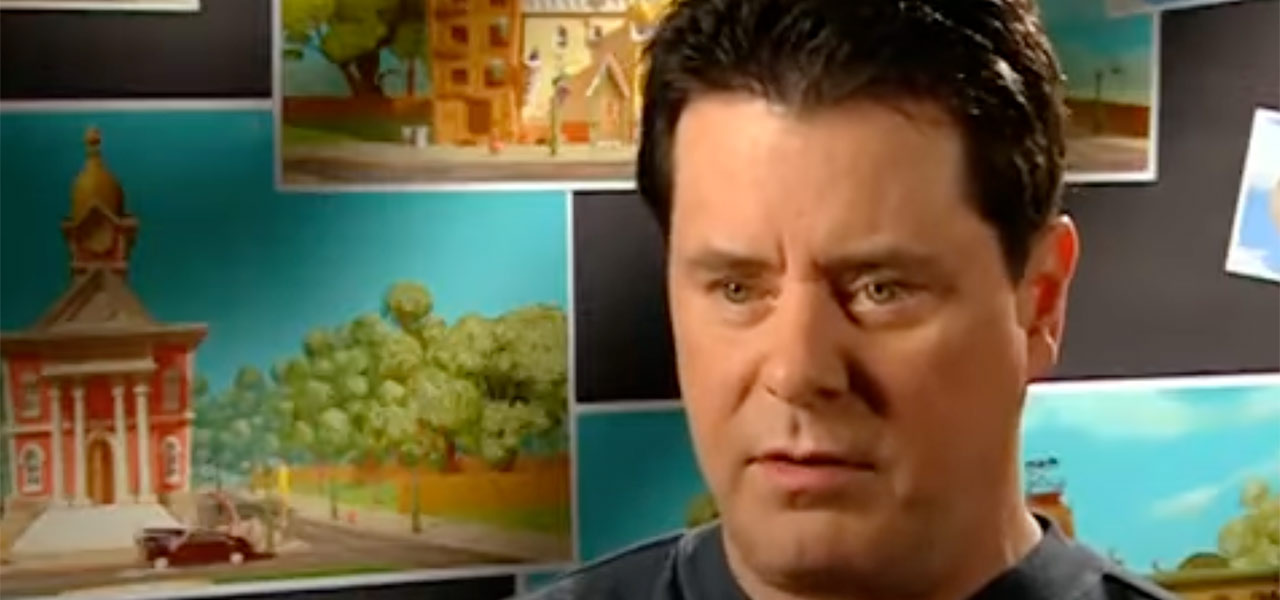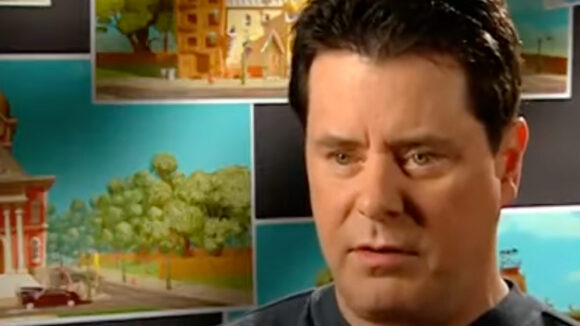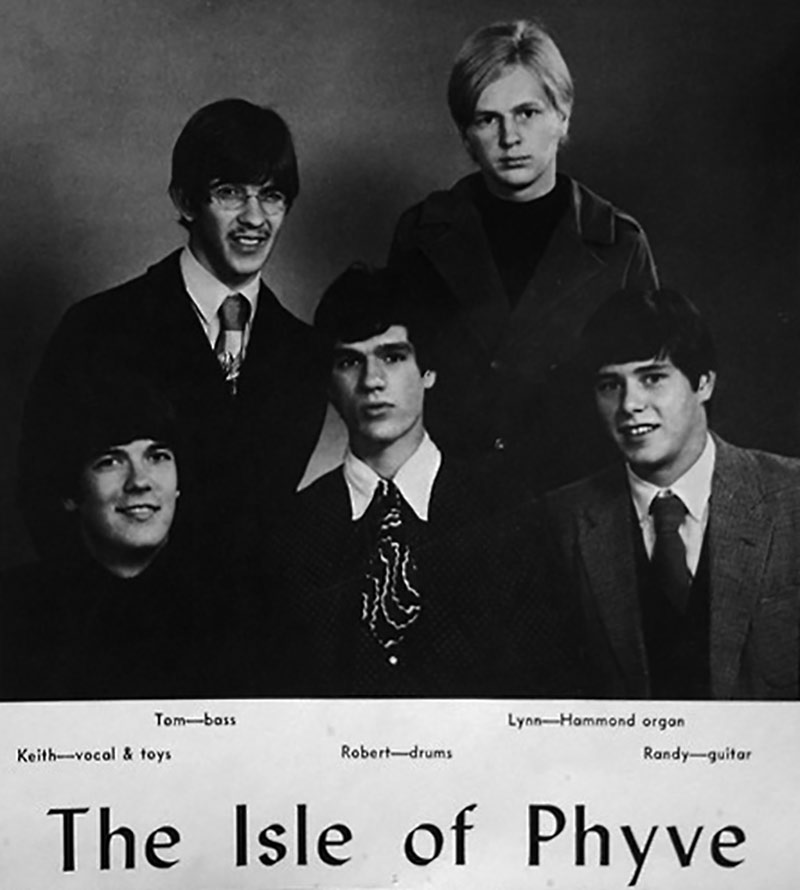

Randy Fullmer, Effects Animator-Turned-Producer Of ‘Emperor’s New Groove,’ Dies At 73
Randall “Randy” Wyn Fullmer, an animation artist who later produced Disney’s The Emperor’s New Groove and Chicken Little, died on July 10 at age 73, following a long battle with cancer.
Fullmer was born in Richland, Washington, on April 27, 1950. As a teen, he built and played guitars, and spent time performing in the local band The Isle of Phyve (1966-1969). Music would be a lifelong passion, and later in life, a career.

He studied architecture for two years at Washington State University, before discovering film, which led him to apply to Calarts. He graduated from Calarts with a Bachelor of Fine Arts in 1974.
According to a biography written by Disney employee Doug Engalla, Fullmer entered the animation industry following graduation:
Randy spent roughly seven years running his own animation business producing works such as medical, scientific and other educational films; segments for Sesame Street; television commercials; and Saturday morning television programs. From 1983 to 1987, Randy animated effects for Don Bluth’s video game projects Dragon’s Lair and Space Ace, worked for John Dykstra’s special effects company Apogee, and for Filmation Studios’ various television projects.
At Filmation, Fullmer contributed effects animation to series such as Bravestarr, She-Ra: Princess of Power, Ghostbusters, and He-Man and She-Ra: A Christmas Special.
In the late 1980s, Fullmer started working as an effects animator at Disney. His first production was Who Framed Roger Rabbit, followed by Oliver & Company and The Little Mermaid. He became the visual effects animation supervisor on Beauty and the Beast. Director Gary Trousdale remembered Fullmer not just as an effects supervisor but as a “problem solver and genius” on the film.
Fullmer was responsible for creating the role of artistic coordinator at Disney, and filled that position on The Lion King and The Hunchback of Notre Dame.
Giving insight into what the role of artistic coordinator entailed, Fullmer explained in a piece about The Lion King that, “It’s really true that out of the 1,500 scenes, the lighting is going to be different in every scene. You’re putting opacities, varying transparencies on dust and water; you’re working with lighting; you’re doing a million things to try to make it all come together.” The artistic coordinator job soon became a vital part of the Disney pipeline, and on the studio’s subsequent films, the person holding the job was sometimes referred to in jest as the production’s “Randy.”
Fullmer moved into the role of producer on The Emperor’s New Groove (2000), directed by Mark Dindal, who had been an effects animation colleague back at Filmation. Fullmer would also produce Dindal’s following feature, Chicken Little (2005).
His passing was acknowledged by the Walt Disney Animation Studios in a tweet that recognized the key role he played in “guiding the studio through significant technological shifts in the ’90s” and how he “bridged the artistic and technical departments in multiple films, including The Lion King, The Rescuers Down Under, Beauty and the Beast, and Aladdin.”
After an 18-year career at Disney, Fullmer had an “epiphany moment” and left animation to pursue full-time his childhood hobby of making guitars. “I loved my time at Disney, but I realized I had been there long enough,” he said in the 2014 documentary Restrung, about his work as a luthier of small-batch bass guitars, which he created through his one-man company Wyn Guitars.
He further explained that making guitars allowed him to pursue a singular artistic vision, as opposed to the art-by-committee approach of Disney animation. “I love the old-time saying that a camel is a horse designed by committee,” he explained. “The Disney Company was a great teacher to me to know that if you get too many collaborators in the soup, even though everybody means well, everybody wants a success, you get to a point where you go, ‘You know what, there’s a reason why a singular artistic vision has a value to it.’”
Restrung, the film about Fullmer’s work as a luthier and his close relationship with musicians who used his instruments, is embedded below. “I was actually more proud and impressed by this facet of his than his animation credits,” said director Gary Trousdale in his memorial post. “ANY idiot can make a cartoon, but these guitars were absolutely gorgeous; truly art.”
Fullmer is survived by his wife Diana; stepdaughter Becky Kuriyama and stepson Nick Kuriyama; sister, Cathy Lou Tusler; and stepbrother Scott Landon.
Correction: An earlier version of this article incorrectly included Toy Story among Fullmer’s credits. He did not work on the film.
